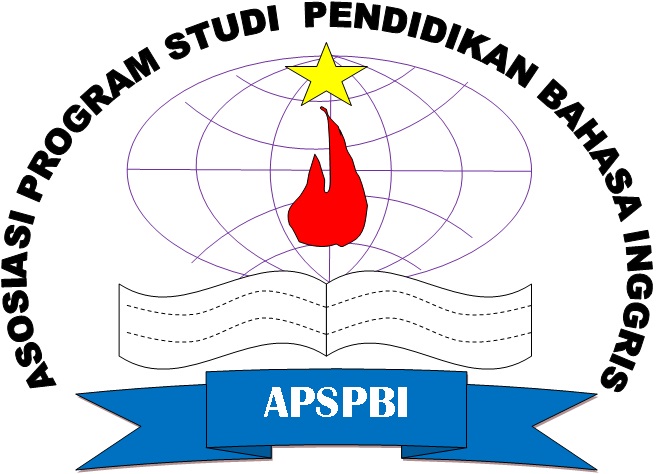(De)Constructing the Self and Other in Veer Zaara
Abstract
Films as cultural texts articulate the politics of everyday lives and one of the issues often depicted is on nationalism. The chosen case study for this article is Veer Zaara (2004), a romantic Bollywood movie telling us the story of two lovers from India and Pakistan who have to undergone multiple challenges to be together. The conflicts represent the ongoing and completely unresolved sibling rivalry between the two countries particularly after the partition in 1947. The main research question is how the film depicts the process of self-identification from the Indian characters by looking at the “cultural similarities and differences” compared to the Pakistani character while representing the effort of drawing a boundary between India and Pakistan? Research findings who that there are three dominant representational elements (space, religion and gender) in which the film with its authority select what forms of representation it would present concerning each country. In doing so, the film is making sure that India is identifying itself as a nation which is different from Pakistan or by drawing the boundary of India as the self and Pakistan as the other.
Keywords
Full Text:
PDFReferences
Anderson, B. (2006). Imagined Communities. London and New York: Verso
Choi, J.H. (2005). National Cinema, the Very Idea in The Philosophy of Film and Motion Pictures: An Anthology, London: Blackwell Publishing
Dwyer, R. (2006). Filming the Gods: Religion & Indian Cinema. UK: Routledge
Dwyer, Rachel. 2005, “The Saffron Screen? Hindu Nationalism and the Hindi Film,” in Religion, Media and the Public Sphere (edited by Birgit Meyer and Annelies Moors), USA: Indiana University Press
Edensor, T. (2002). National Identity, Popular Culture and Everyday Life, Oxford and New York: Berg.
Enloe, C. (2014). Bananas, beaches and bases: Making feminist sense of international politics. USA: Univ of California Press.
Gellner, E., & Breuilly, J. (1983). Nations and nationalism (Vol. 1). Ithaca, NY: Cornell University Press.
Gokulsing, K. M. & W. Dissanayake. (2004). Indian Popular Cinema: A Narrative of Cultural Change. USA: Trentham Books
Mishra, V. (2006). Bollywood Cinema: Temples of Desire. UK: Routledge
Nagel, J. (1998). Masculinity and Nationalism: Gender and Sexuality in the Making of Nations. Ethnic and Racial Studies Volume 21 Number 2 March 1998 p. 242 – 268.
Turner, G. (2003). Film as Social Practice 3rd Edition. London and New York: Routledge.
DOI: https://doi.org/10.31002/metathesis.v3i1.1253
Refbacks
- There are currently no refbacks.

This work is licensed under a Creative Commons Attribution-ShareAlike 4.0 International License.
Metathesis: Journal of English Language, Literature, and Teaching is published by English Education Department, Faculty of Teacher Training and Education, Universitas Tidar, Magelang, Indonesia in collaboration with Asosiasi Program Studi Pendidikan Bahasa Inggris Se-Indonesia (APSPBI)
ISSN: 2580-2712 (print) and 2580-2720 (online)
Jalan Kapten Suparman 39 Magelang, Jawa Tengah, Indonesia 56116
Phone (0293) 364113 Fax (0293) 362438













